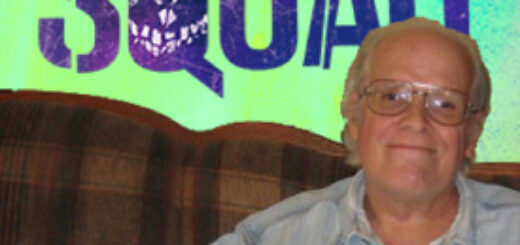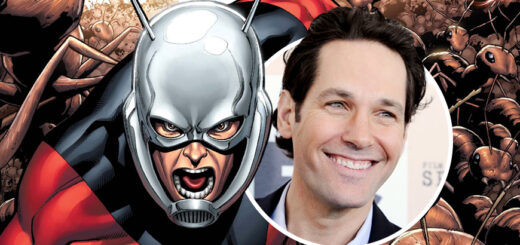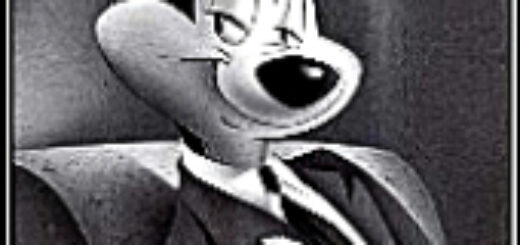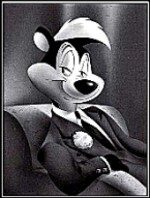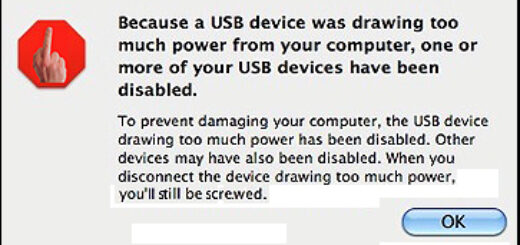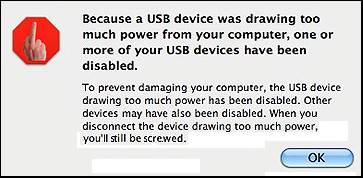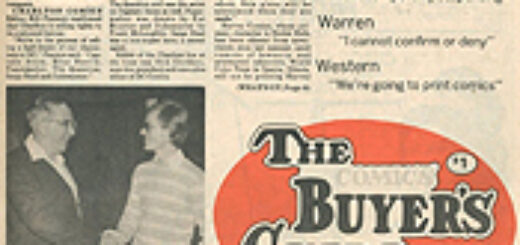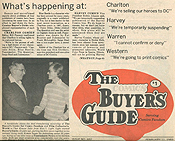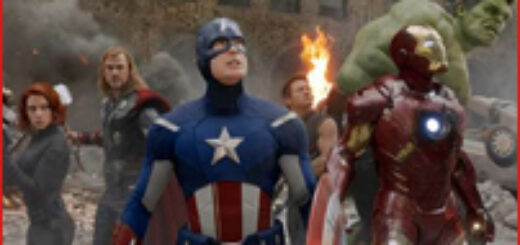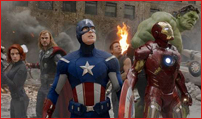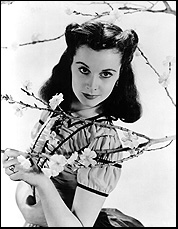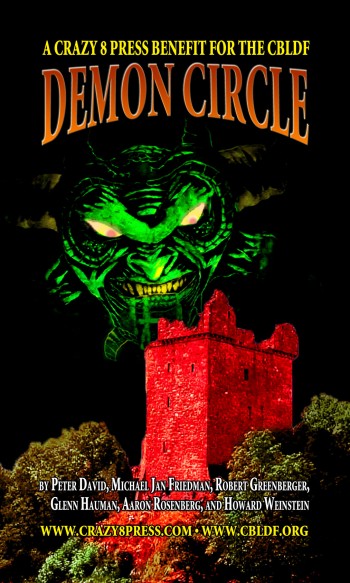Mike Gold: Suicide Squad, John Ostrander, and My Damn Good Luck
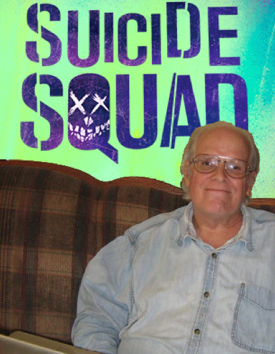 Are you tired of all the comics-related movies this summer? I didn’t think so, but I do understand why some of the movie critics are. These poor bastards see a couple hundred movies each year, they have little choice over which ones they must review and after a couple years, the daily smell of hot popcorn must become cloying.
Are you tired of all the comics-related movies this summer? I didn’t think so, but I do understand why some of the movie critics are. These poor bastards see a couple hundred movies each year, they have little choice over which ones they must review and after a couple years, the daily smell of hot popcorn must become cloying.
Still, a couple of these writers have become complete assholes about it. Fine, fine. It is a great tradition among the professional critic set to cast their noses so high in the air you’d think they’d drown in a drizzle.
Having just seen The Killing Joke in a real movie theater – that part was cool – I’m only a couple days away from seeing Suicide Squad at the New York City screening. I’ll be joining my friend, frequent-collaborator and fellow ComicMix columnist John Ostrander, creator of Amanda Waller and the concept of The Suicide Squad.
This will be a highly personal experience for me. John and I have been friends for 45 years now, which speaks highly of his astonishing tolerance. Amanda Waller and Company first got on their feet in my apartment in Evanston Illinois before I returned to DC Comics in 1986. John and I were plotting the Legends miniseries and, since Bob Greenberger was my assistant way back then and he and John had been kicking some ideas around we decided Legends would provide a great launchpad for the Squad.
We really weren’t sneaking John in through DC’s back door, although that image pleases me. When Dick Giordano offered me the job of senior editor, he was hoping that I would bring John and some of my other First Comics collaborators to the company, or, in many cases, back to the company. This was no surprise: it was exactly the same deal, with the same hopes, that DC’s then-executive vice president Irwin Donenfeld made with Dick when he was editor-in-chief at Charlton nearly 20 years previous.
John and I met because we were comic book geeks. We both were at a party dominated by people in Chicago’s burgeoning theater scene, which gave us the likes of John Malkovich, Laurie Metcalf, David Mamet, Dennis Franz and Joe Mantegna. In fact, John co-wrote the play Bloody Bess that starred Franz and Mantegna. When I arrived, the party’s host recognized me and semi-snarlingly said “Oh, we have a couple of other comic book fans here” and I was escorted to a lonely couch where us fanboys couldn’t infect the others. John was sitting on said couch, and we hit it off immediately.
Friendships come and go; the really good ones can exist forever and endure long periods of limited co-existence. I am lucky to have John in my life as a constant – our friendship never lacked personal contact despite my moving from Chicago to New York, back to Chicago, and then back to New York (well, Connecticut, really). John has also moved around, calling Chicago, Connecticut, New Jersey and now Michigan his home. We share emails almost daily, phone calls frequently, and in-person visits whenever possible (in the comic book racket, that can be with alarming frequency given the now-12 month convention season), often over amazingly great barbecue. John and I have shared our good times and our bad, the worst of which for each of us being the death of our respective wives thirteen years apart.
John Ostrander has always been there for me, and that is why I am looking forward to the Suicide Squad premiere.
Even if the film breaks.

